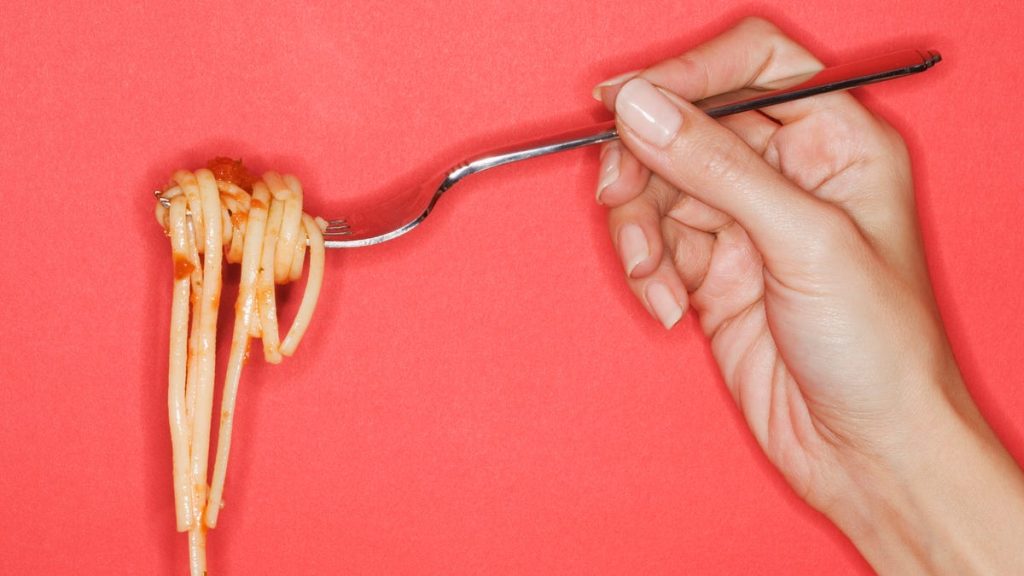Many amateur cooks struggle with making pasta, often falling victim to common myths that lead to subpar results. To debunk these myths and offer expert advice, chef Filippo De Marchi from NH Collection Venezia Murano Villa’s De Majo Restaurant & Terrace shares his knowledge. One prevalent myth is that throwing pasta against a wall to see if it sticks indicates that it’s done, but De Marchi advises against this method, recommending tasting a single strand instead to determine doneness.
Another myth is that adding olive oil to pasta water prevents sticking, but De Marchi explains that using a sufficient amount of water, stirring the pasta, and choosing the right pot size are more effective ways to prevent sticking. Additionally, the belief that fresh pasta is always better than dry pasta is a matter of personal preference, with each type having its own advantages depending on the dish being prepared.
Leaving the lid off the pot while cooking pasta is recommended to prevent water from boiling over and control the cooking process. Serving pasta al dente, or slightly firm to the bite, is also a crucial rule to follow, ensuring that the pasta retains its texture and doesn’t become overcooked. While adding salt to pasta water doesn’t speed up the boiling process, it is essential for flavor absorption and taste improvement.
Contrary to the myth that pasta should be completely dry before serving, a bit of retained pasta water can enhance the flavor and help sauce adhere to the pasta. Running cooked pasta under fresh water before serving should be avoided, as it removes the starchy coating that helps the sauce stick. The practice of pre-cooking lasagna sheets is unnecessary in many recipes, as the sheets can absorb moisture from the sauce and cook during the baking process, simplifying the preparation of this beloved Italian dish. Ultimately, pasta making is a straightforward process that can be enjoyed with the right techniques and knowledge.


